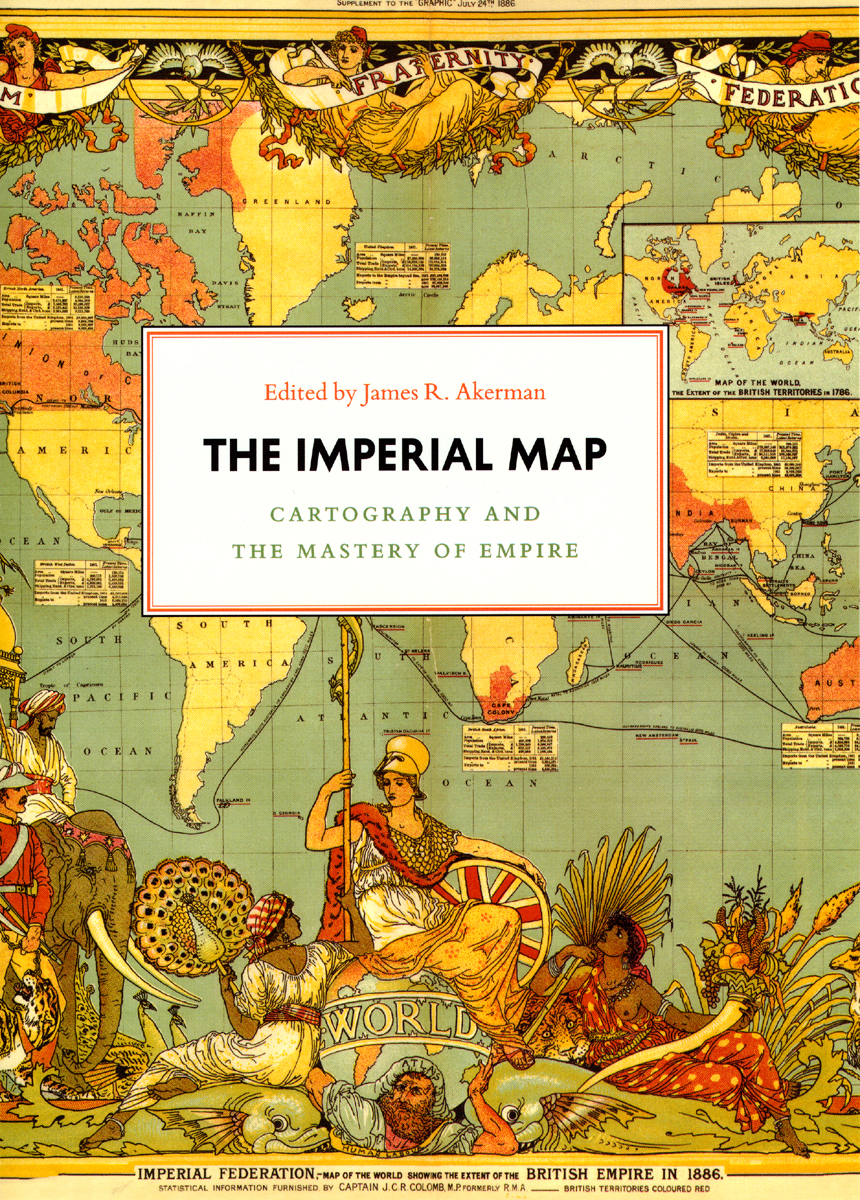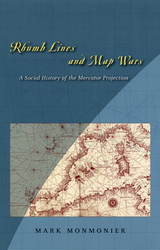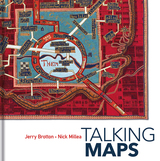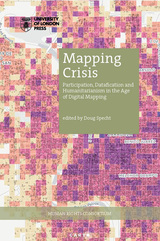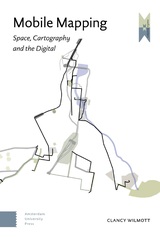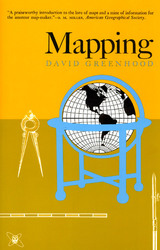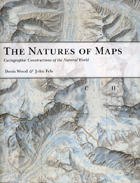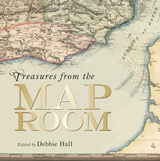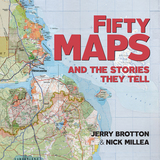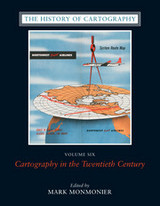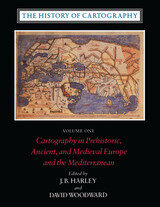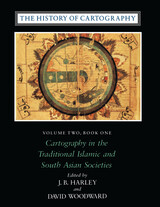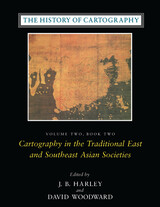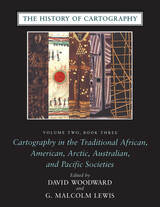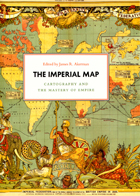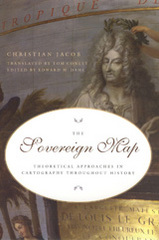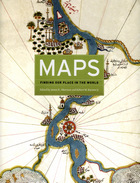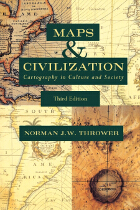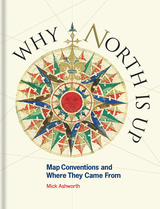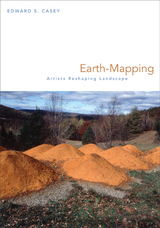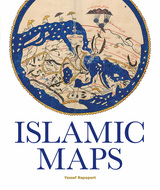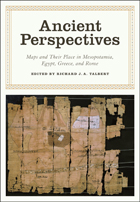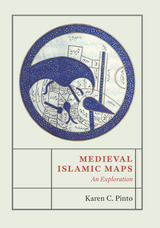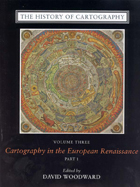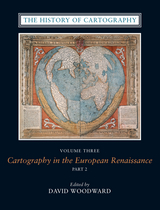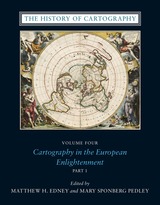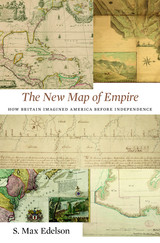The Imperial Map: Cartography and the Mastery of Empire
University of Chicago Press, 2009
Cloth: 978-0-226-01076-2
Library of Congress Classification GA201.I47 2009
Dewey Decimal Classification 912.09
Cloth: 978-0-226-01076-2
Library of Congress Classification GA201.I47 2009
Dewey Decimal Classification 912.09
ABOUT THIS BOOK | AUTHOR BIOGRAPHY | TOC | REQUEST ACCESSIBLE FILE
ABOUT THIS BOOK
Maps from virtually every culture and period—from Babylonian world maps to Saul Steinberg’s famous New Yorker cover illustration, “View of the World from 9th Avenue”—convey our tendency to see our communities as the center of the world (if not the universe) and, by implication, as superior to anything beyond these immediate boundaries. Mapping has long been a tool by which ruling bodies could claim their entitlement to lands and peoples. It is this aspect of cartography that James R. Akerman and a group of distinguished contributors address in The Imperial Map.
Critically reflecting on elements of mapping and imperialism from the late seventeenth century to the early twentieth century, the essays discuss the nature of the imperial map through a series of case studies of empires, from the Qing dynasty of China, to the Portuguese empire in South America, to American imperial pretensions in the Pacific Ocean, among others. Collectively, the essays reveal that the relationship between mapping and imperialism, as well as the practice of political and economic domination of weak polities by stronger ones, is a rich and complex historical theme that continues to resonate in our modern day.
Critically reflecting on elements of mapping and imperialism from the late seventeenth century to the early twentieth century, the essays discuss the nature of the imperial map through a series of case studies of empires, from the Qing dynasty of China, to the Portuguese empire in South America, to American imperial pretensions in the Pacific Ocean, among others. Collectively, the essays reveal that the relationship between mapping and imperialism, as well as the practice of political and economic domination of weak polities by stronger ones, is a rich and complex historical theme that continues to resonate in our modern day.
See other books on: Akerman, James R. | Cartography | Empire | Geography | Mastery
See other titles from University of Chicago Press
